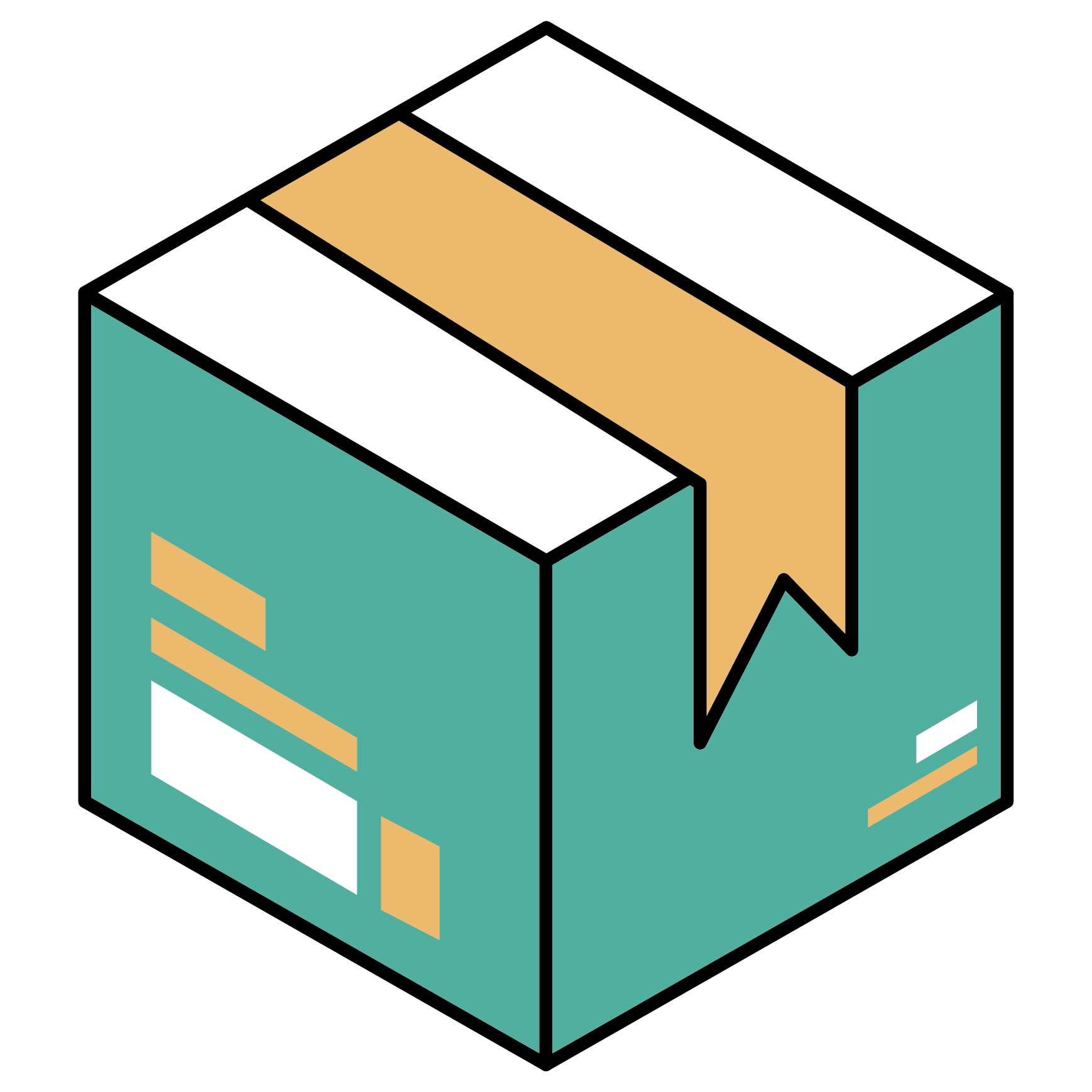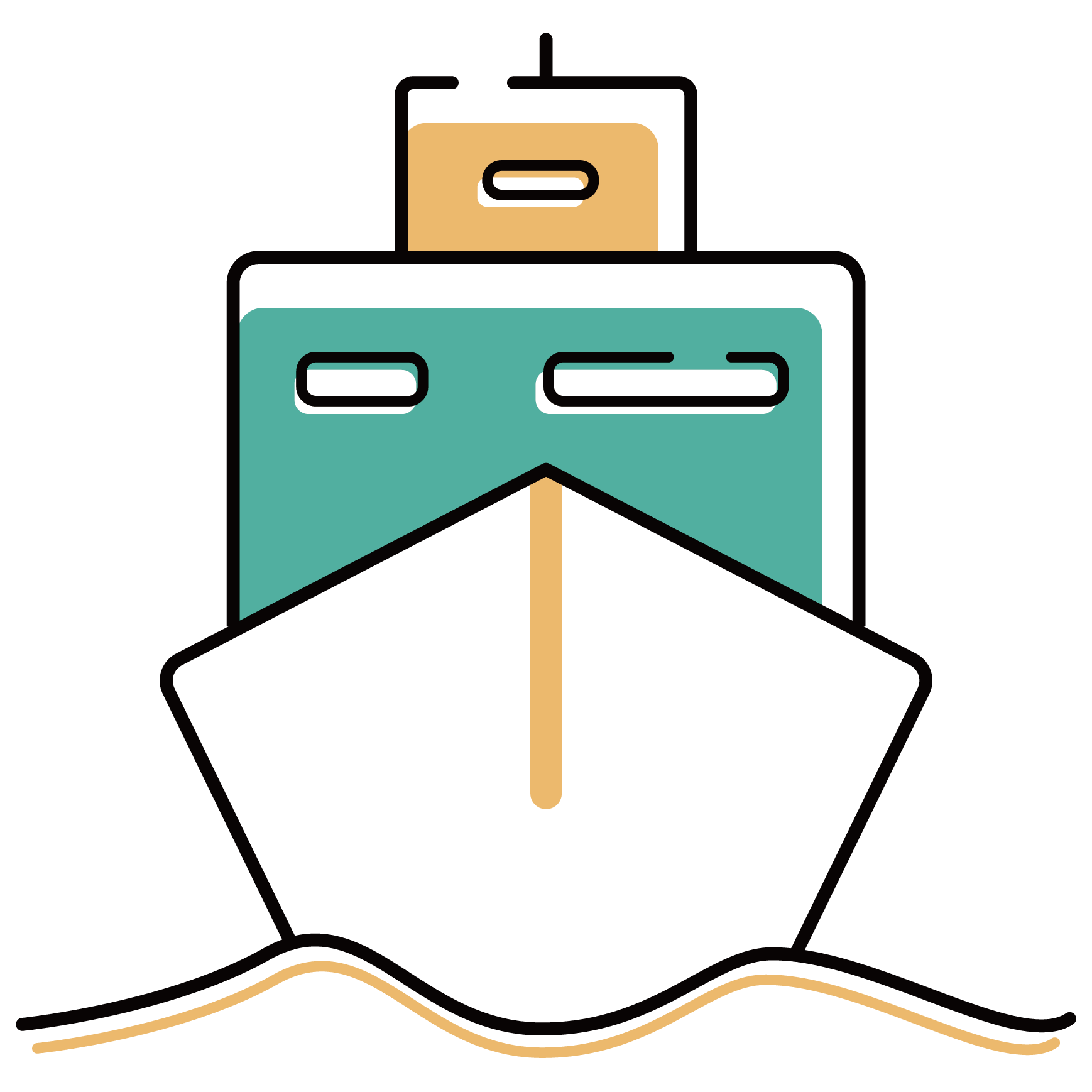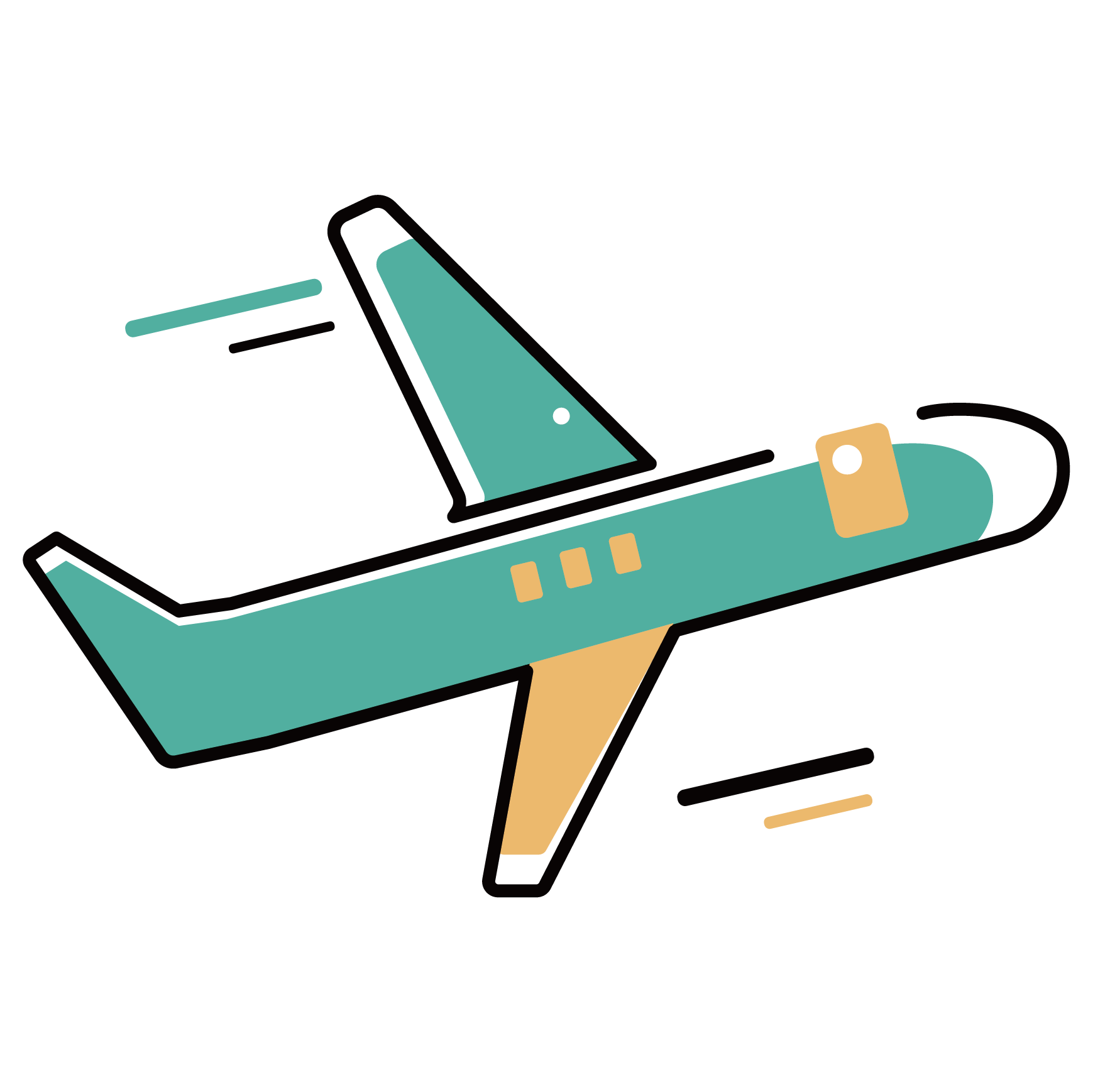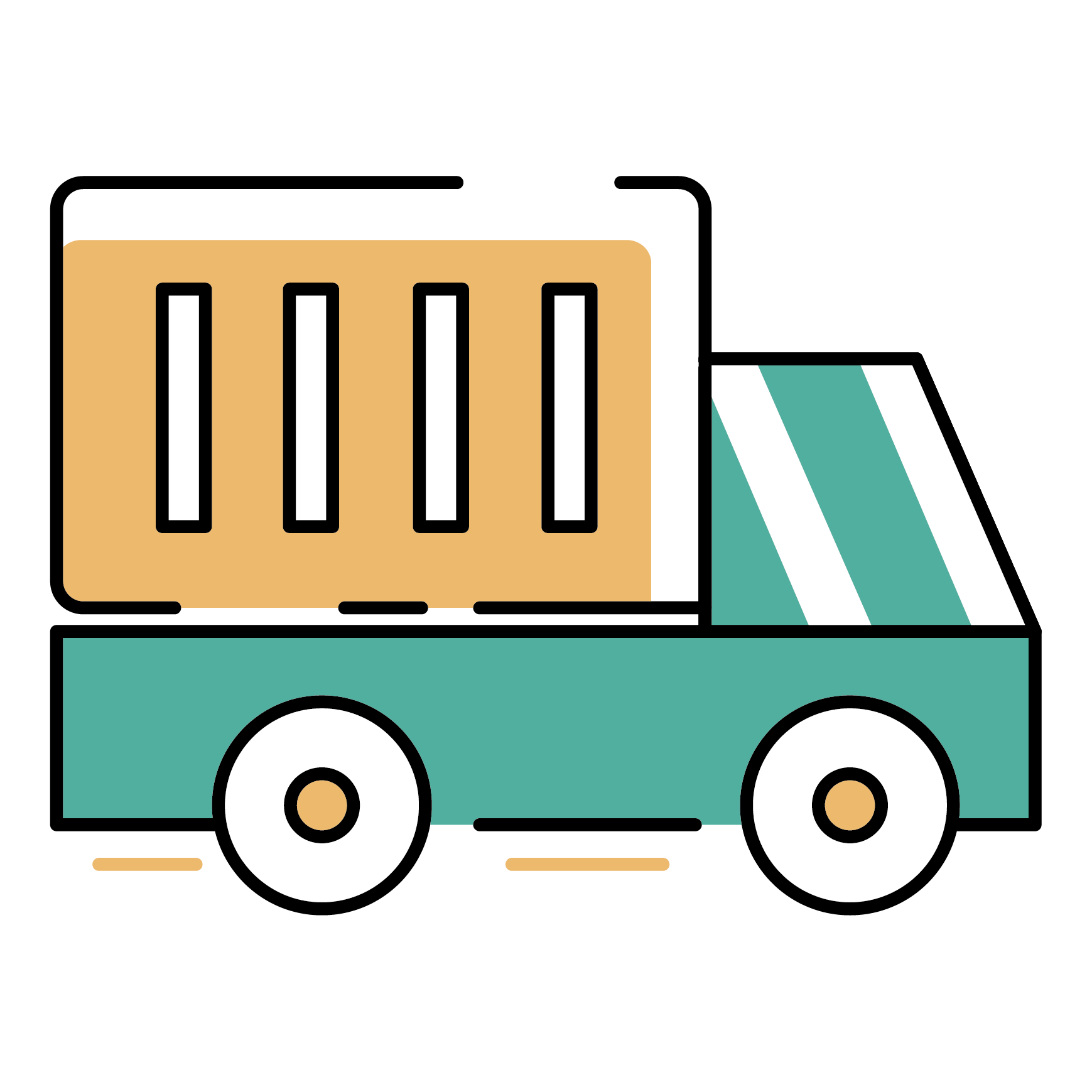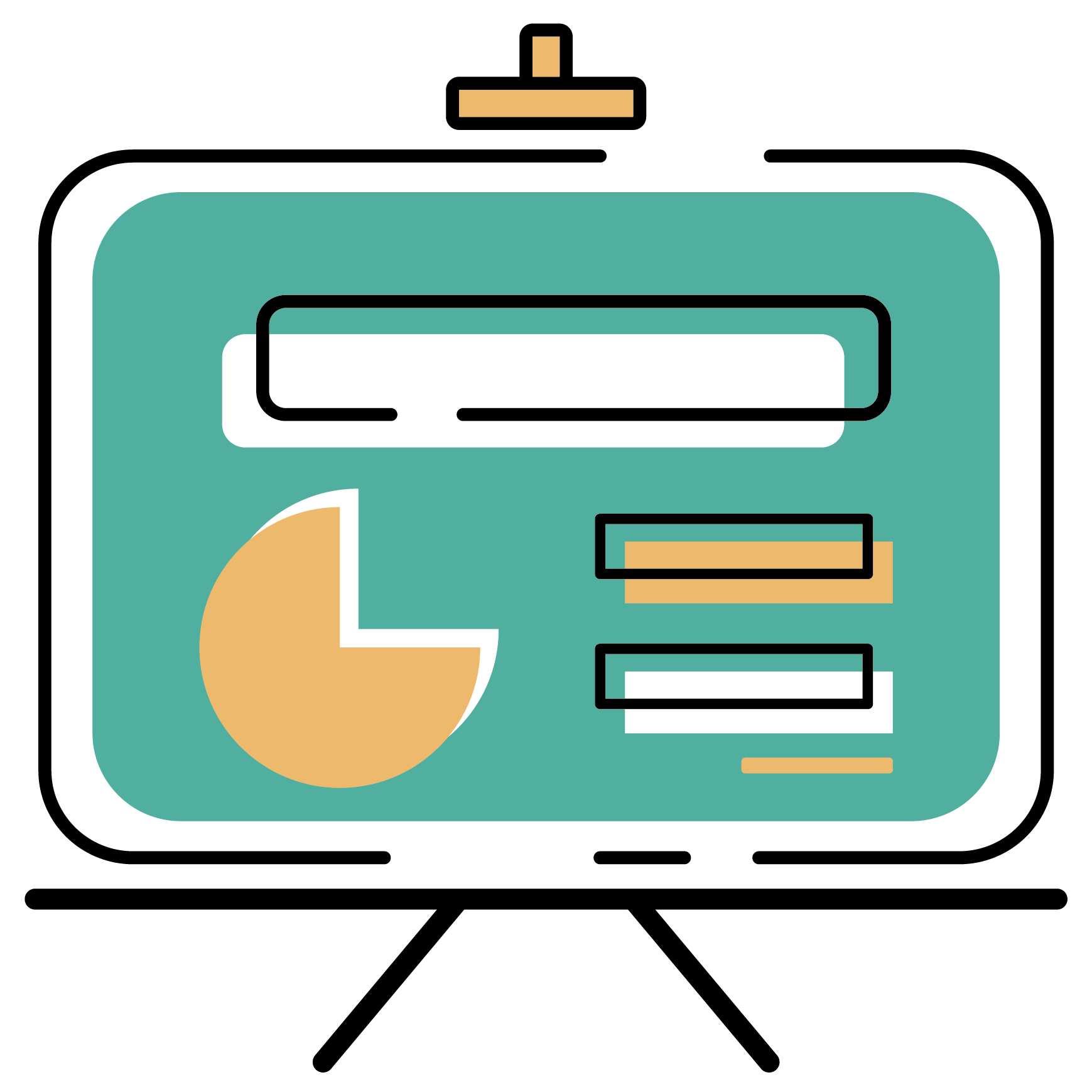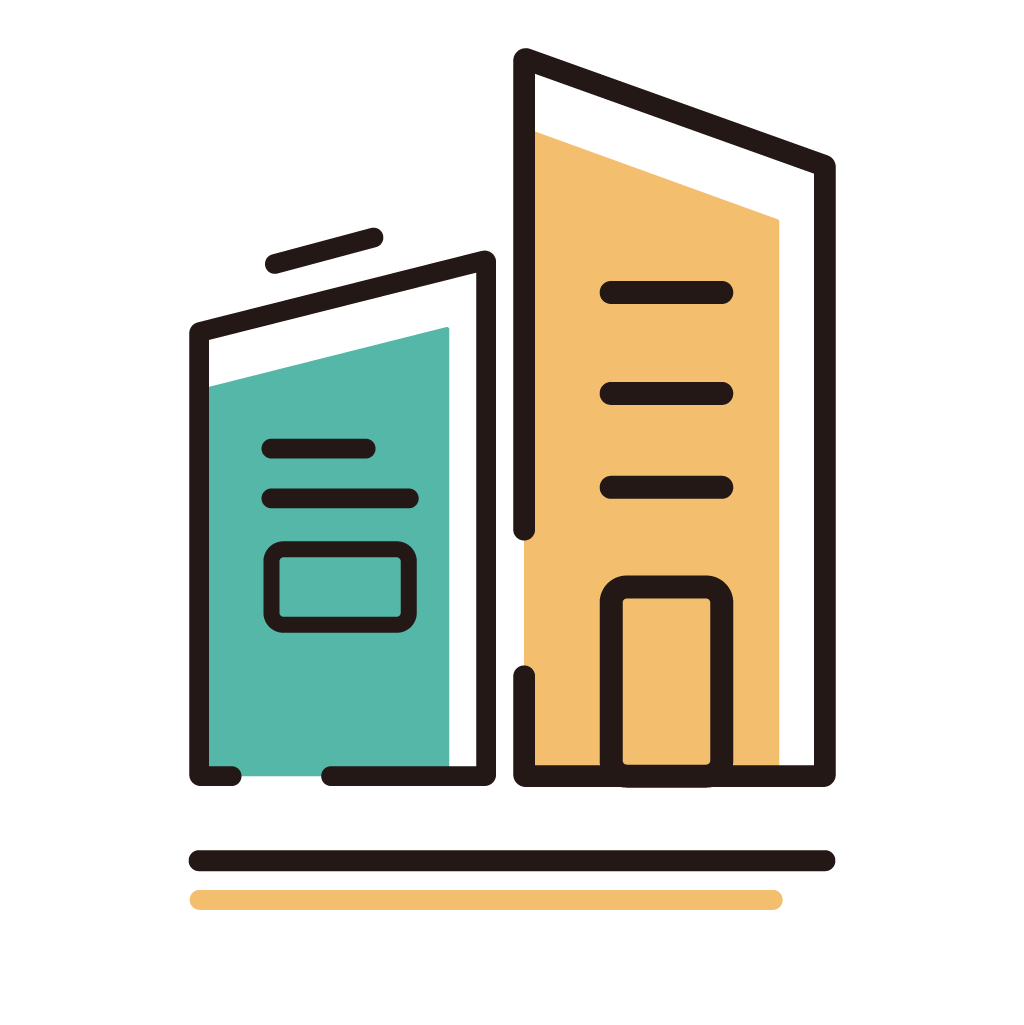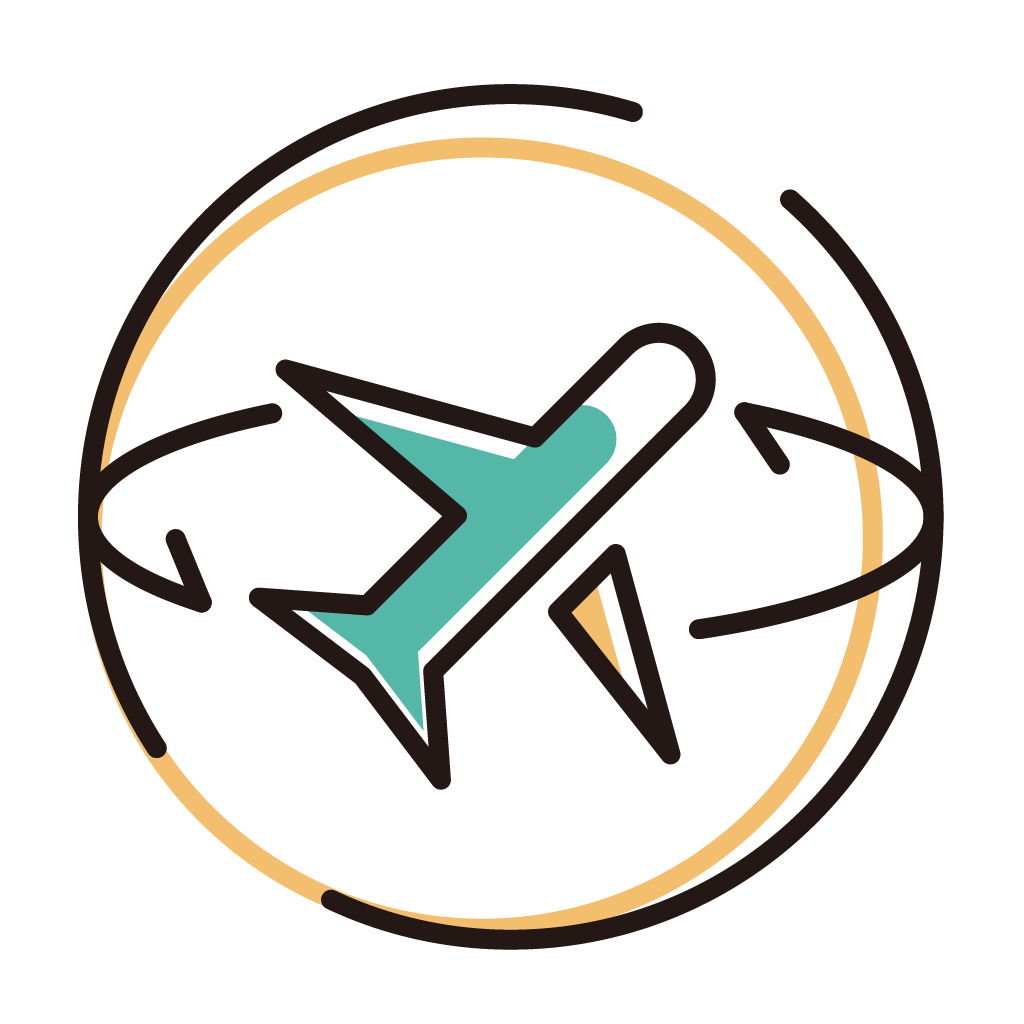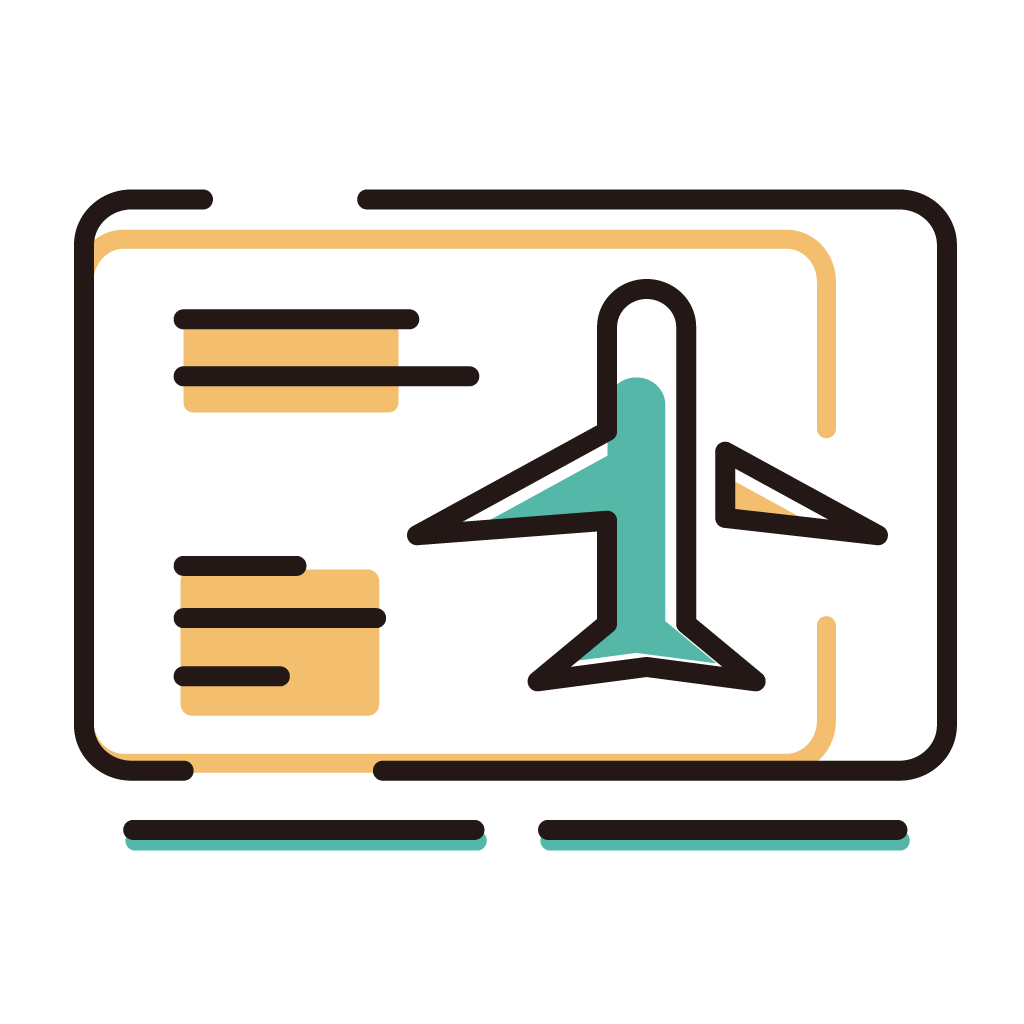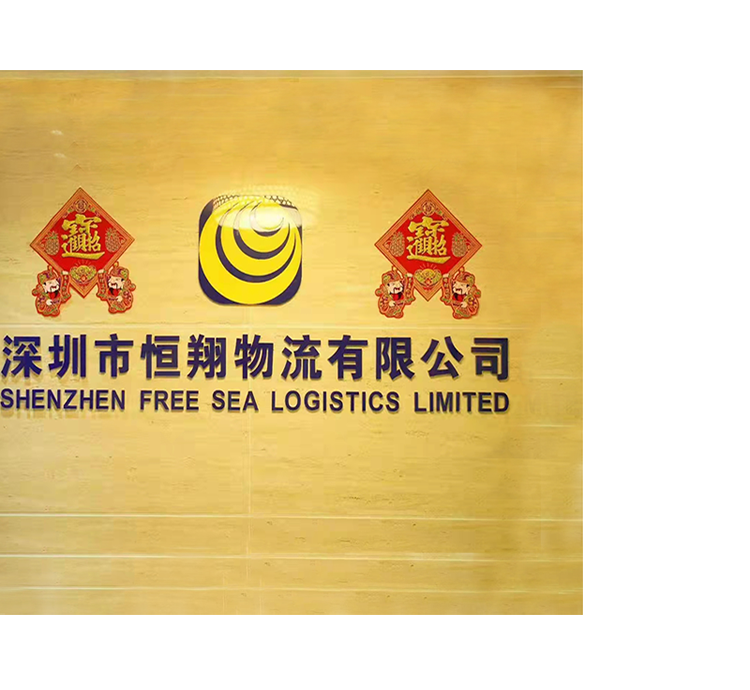In 2025, logistics is more than just shipping goods. It’s about streamlining global supply chains with precision, transparency, and speed. Businesses worldwide are shifting from fragmented logistics models to end-to-end logistics solutions—and for good reason. With rising customer expectations, growing eCommerce, and unpredictable global trade shifts, comprehensive logistics services have become a strategic necessity.
At Free Sea, we’ve seen these changes firsthand. In this article, we explore why end-to-end logistics services are gaining momentum, what features set top providers apart, and how we help businesses stay ahead in 2025.
1. The Rise of Integrated Logistics: Why End-to-End Matters
Today’s supply chain challenges aren’t minor. Delays at ports, inventory mismanagement, and lack of shipment visibility cost businesses time and money. Traditional logistics models—those with separate freight forwarders, customs agents, and warehousing teams—struggle to keep pace.
That’s where end-to-end logistics makes a difference.
What is End-to-End Logistics?
It means managing everything:
Pickup from the supplier
International freight transport
Customs clearance
Warehousing and distribution
Final-mile delivery
It’s not just a service—it’s a complete logistics ecosystem under one roof. And in 2025, it’s what more global companies demand.
2. Real-Time Visibility Becomes the Norm
In 2025, logistics without real-time tracking is outdated. With AI and IoT integrated into supply chains, customers expect to see their cargo’s journey—live.
Free Sea leverages smart tracking tools and cloud-based dashboards, offering:
GPS-enabled freight monitoring
Predictive arrival times
Custom alerts and milestone updates
Why does this matter? Because visibility builds trust. When businesses can track a container across borders and plan accordingly, risk and uncertainty drop dramatically.
3. Flexibility Wins in a Volatile Market
Unpredictable fuel prices. Sudden border closures. Seasonal demand spikes. Businesses need logistics providers who can pivot quickly.
End-to-end services provide:
Flexible route planning
Multiple carrier options
On-demand warehousing
Last-minute delivery switches
This agility is key. Whether shipping electronics to Europe or apparel to Southeast Asia, businesses value custom logistics solutions over one-size-fits-all models.
4. Sustainability Becomes a Deciding Factor
In 2025, logistics providers are not just judged on speed and cost. Sustainability plays a growing role. Businesses seek partners that help them reduce their carbon footprint.
Top providers like Free Sea invest in:
Eco-friendly packing
Route optimization for fuel savings
Electric last-mile fleets
Carbon offset programs
End-to-end logistics offers greater control over emissions, making green logistics not just possible—but scalable.
5. Seamless Customs Handling Is Now Expected
International trade doesn’t tolerate paperwork errors. Delays in customs can ruin retail launches or disrupt manufacturing chains. That’s why streamlined customs services are a must.
Free Sea provides:
Digital documentation handling
Regulatory compliance updates
Fast customs clearance through local partners
With one provider handling freight and customs, there's no finger-pointing, just smooth transitions across borders.
6. Data-Driven Decision Making
Businesses now want insights, not just shipping slips. Logistics in 2025 is about data-backed optimization.
Free Sea offers:
Inventory turnover analysis
Delivery performance reports
Route efficiency metrics
These insights help clients make better choices—whether optimizing warehouse layouts or forecasting shipping needs.
7. Personalization and Industry-Specific Solutions
Not every shipment is the same. Medical equipment requires temperature control. Fashion products need just-in-time delivery. Auto parts need damage-free handling.
That’s why industry-specific logistics matters.
Free Sea customizes solutions for sectors including:
Fashion & Lifestyle
Electronics & Tech
Pharmaceuticals
Automotive
From choosing the right packaging to timing deliveries with product launches, our end-to-end services offer tailored execution.
8. Smart Warehousing and Inventory Sync
Modern warehousing isn’t just storage. It’s a critical data hub.
With smart warehouse management systems (WMS), Free Sea ensures:
Real-time inventory levels
Barcode-based accuracy
Automated order fulfillment
These systems sync with client platforms, making inventory visible across borders and helping prevent stockouts or overstocking.
9. Simplified Communication, One Point of Contact
One of the most underrated benefits of end-to-end logistics? Clear communication.
Instead of coordinating with multiple providers, clients work with a single Free Sea team. That means:
Faster decisions
Fewer misunderstandings
Centralized accountability
This reduces friction, particularly for global businesses managing multiple lanes.
10. Competitive Cost Structures
Contrary to assumption, end-to-end doesn’t always mean more expensive. In 2025, businesses find it often lowers total logistics costs.
Here’s how:
Fewer handovers reduce delays and losses
Volume bundling optimizes shipping rates
Integrated warehousing avoids rehandling fees
At Free Sea, we offer transparent pricing models to help clients maximize ROI.
2025 Trend Summary: Why Companies Are Switching to End-to-End
| Reason | Traditional Logistics | End-to-End Logistics |
|---|---|---|
| Visibility | Limited | Real-time tracking |
| Flexibility | Fixed carriers | Adaptive routing |
| Customs | Fragmented | Seamless integration |
| Sustainability | Hard to measure | Controlled & optimized |
| Communication | Multiple contacts | One team only |
| Cost | Hidden fees | Transparent & bundled |
In short, end-to-end logistics aligns with the future of global trade: fast, intelligent, and sustainable.
Looking Ahead: What’s Next for Free Sea?
We're continuing to expand our:
Tech-driven shipment monitoring
Global customs networks
Eco-logistics capabilities
Warehousing partnerships across Asia, Europe, and North America
Our goal? To become your most trusted logistics partner—delivering end-to-end excellence, every step of the way.
Let’s Ship the Future, Together
Ready to upgrade your logistics experience in 2025?
Contact Free Sea today to explore our full-service global logistics solutions.

